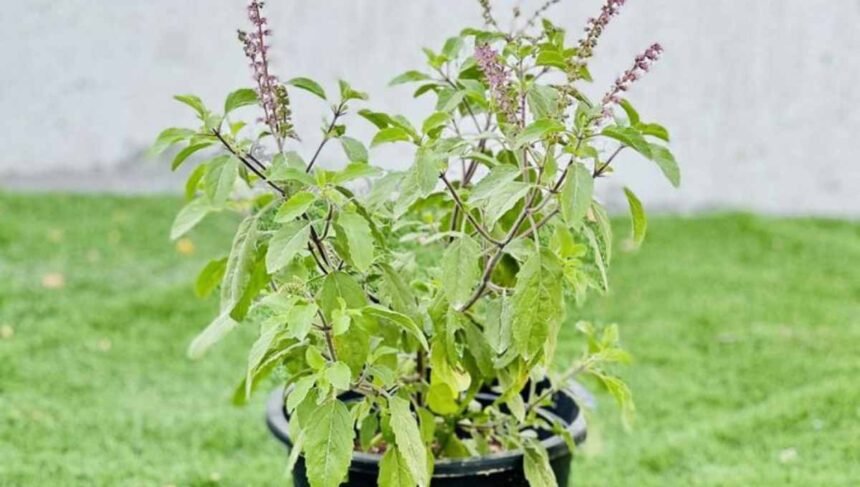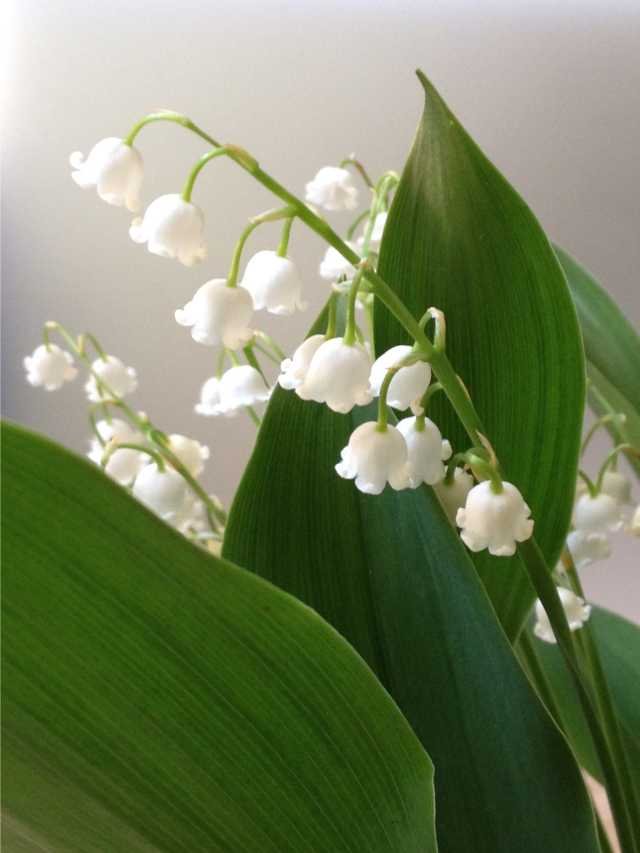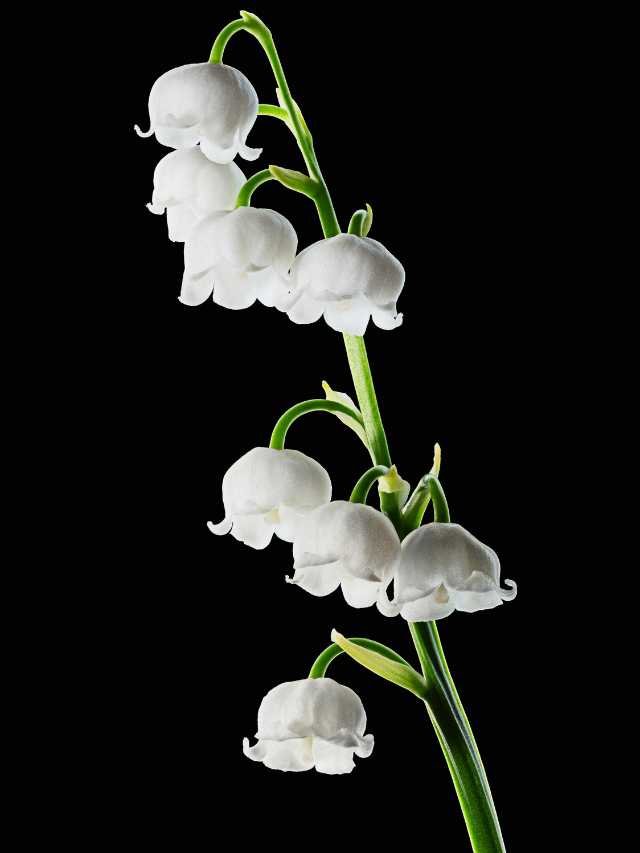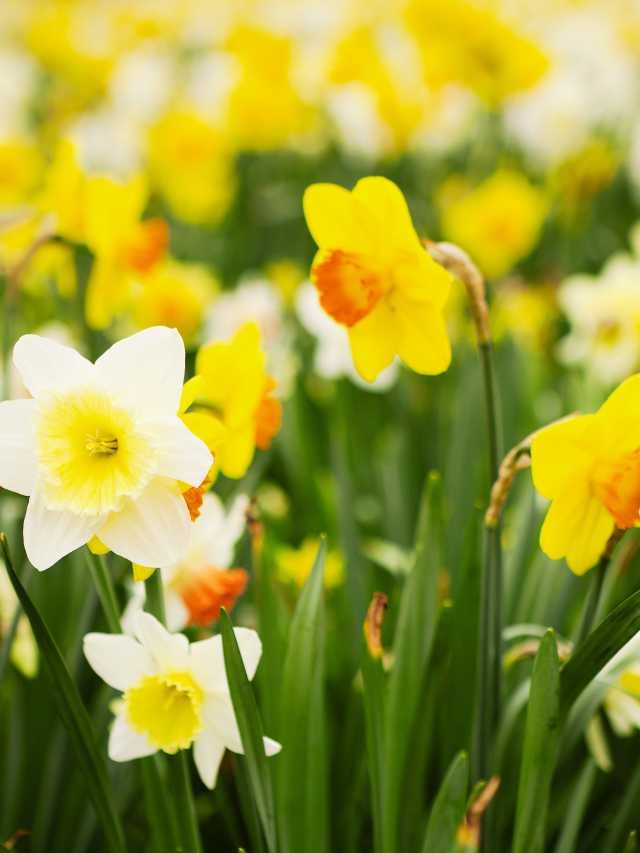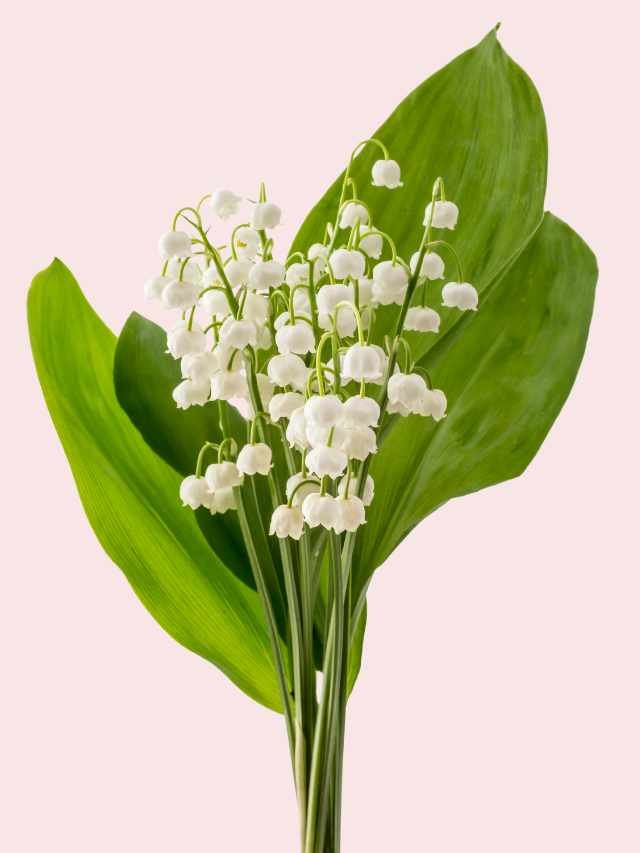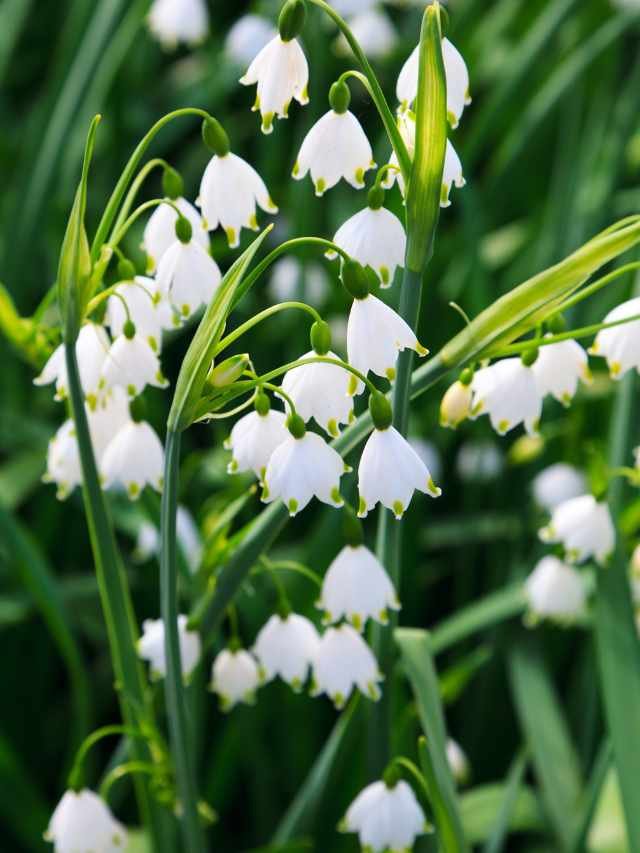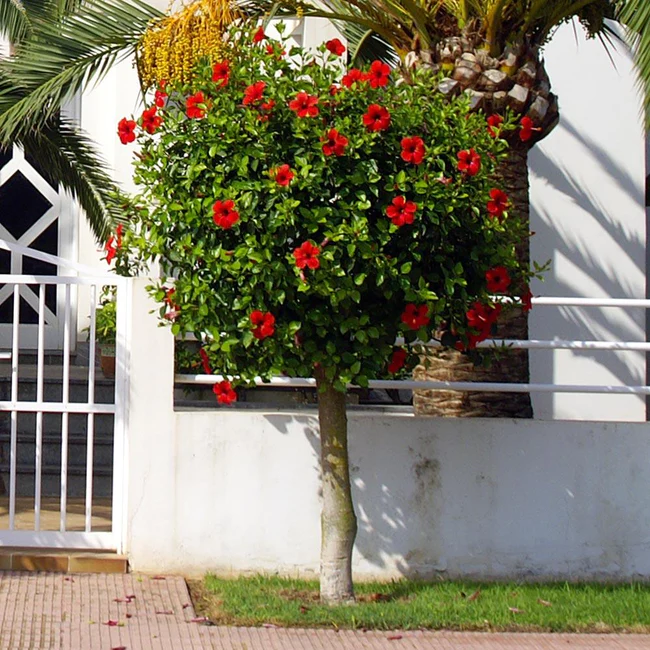Holy basil (Ocimum tenuiflorum), also known as tulsi, is a sacred plant in Hinduism and has been used for centuries in Ayurvedic medicine.
This fragrant herb is not only revered for its spiritual significance but also for its numerous health benefits. Growing holy basil at home is relatively easy, and it’s a rewarding experience for any gardener or herb enthusiast.
In this article we’ll cover everything you need to know about cultivating and caring for holy basil plants.
| Characteristic | Details |
|---|---|
| Scientific Name | Ocimum tenuiflorum |
| Family | Lamiaceae (Mint family) |
| Genus | Ocimum |
| Common Names | Holy Basil, Tulsi, Tulasi, Sacred Basil |
| Plant Type | Aromatic perennial herb |
| Origin | Indian subcontinent |
| Plant Height | 12-18 inches (30-45 cm) |
| Leaf Shape | Oval or elliptical, slightly hairy |
| Leaf Color | Green (Rama Tulsi) or Purple-tinted (Krishna Tulsi) |
| Flower Color | Purple or white |
| Flowering Time | Summer |
| Propagation | Seeds, stem cuttings, root division |
| Growth Habit | Upright, bushy |
| Soil pH | 6.0 – 7.5 (slightly acidic to neutral) |
| Light Requirements | Full sun (at least 6 hours of direct sunlight) |
| Water Needs | Moderate, well-draining soil |
| Hardiness Zones | Annual in cooler climates, perennial in zones 10-12 |
| Uses | Culinary, medicinal, spiritual/religious |
| Notable Compounds | Eugenol, Carvacrol, Ursolic acid, Rosmarinic acid |
| Traditional Uses | Adaptogen, anti-inflammatory, antimicrobial, immune-boosting |
Holy Basil: An Overview
Before we dive into the growing process, let’s explore some key facts about holy basil:
- Origin: Holy basil is native to the Indian subcontinent and has been cultivated for over 3,000 years.
- Plant Type: It’s an aromatic, herbaceous perennial plant that belongs to the mint family (Lamiaceae).
- Growth Habit: Holy basil typically grows to a height of 12-18 inches and has a bushy, upright appearance.
- Leaves: The leaves are oval-shaped, slightly hairy, and have a distinct aroma reminiscent of cloves and licorice.
- Flowers: Small purple or white flowers appear in summer, attracting pollinators like bees and butterflies.
How to Choose The Right Variety of Holy Basil Plant
There are two main varieties of holy basil:
- Rama Tulsi (Green Leaf): This variety has green leaves and is commonly used in cooking and for its medicinal properties.
- Krishna Tulsi (Purple Leaf): This variety has purple-tinted leaves and is considered more sacred in Hindu traditions.
Both varieties can be grown for culinary or ornamental purposes, but many gardeners prefer the Rama Tulsi for its more robust flavor and easier cultivation.
The Best Way to Grow Holy Basil Plant from Seeds
Starting holy basil from seeds is the most economical and rewarding way to grow this herb. Here’s how you can do it:
Seed Planting:
- Sow seeds indoors 6-8 weeks before the last expected frost date.
- Use a seed starting tray or small pots filled with a well-draining seed starting mix.
- Plant seeds 1/4 inch deep and space them 2-3 inches apart.
- Cover the tray or pots with plastic wrap or a humidity dome to maintain moisture.
- Place the tray in a warm location (around 70-75°F) with bright, indirect light.
Seedling Care:
- Once the seeds germinate (usually within 7-14 days), remove the plastic covering.
- Provide adequate light by placing the seedlings under grow lights or near a sunny window.
- Water the seedlings regularly, keeping the soil moist but not waterlogged.
- When the seedlings develop their second set of true leaves, transplant them into larger containers or prepare your garden bed for planting.
Transplanting and Hardening Off:
- Gradually expose the seedlings to outdoor conditions by hardening them off for a week or two before transplanting.
- Choose a location with well-draining soil and full sun exposure (at least 6 hours of direct sunlight per day).
- Space the plants 12-18 inches apart in rows or containers.
- Water the transplants thoroughly after planting and continue watering regularly.
Expert Tip
Holy basil thrives in warm weather, so wait until the danger of frost has passed before transplanting outdoors. In cooler climates, consider growing it in containers that can be moved indoors during colder months.
Soil Preparation and Requirements
Holy basil prefers well-draining, nutrient-rich soil with a slightly acidic to neutral pH range (6.0-7.5). Follow these steps to ensure optimal soil conditions:
- Soil Amendments: Incorporate organic matter, such as compost or well-rotted manure, into the soil before planting. This will improve soil structure and provide essential nutrients.
- Raised Beds or Containers: If your soil is heavy or poorly draining, consider growing holy basil in raised beds or containers filled with a high-quality potting mix.
- Soil Testing: Conduct a soil test to determine the pH level and nutrient deficiencies. This will help you make any necessary adjustments before planting.
- Mulching: Apply a 2-3 inch layer of organic mulch around the plants to retain moisture and suppress weed growth.
Expert Tip
Holy basil is susceptible to root rot in overly wet conditions, so ensure the soil drains well and avoid overwatering.
Watering and Fertilizing
Proper watering and fertilizing techniques are crucial for healthy holy basil plants. Follow these guidelines:
Watering:
- Water the plants deeply and consistently, ensuring the soil remains moist but not waterlogged.
- Avoid getting water on the leaves, as this can promote fungal diseases.
- Increase watering frequency during hot, dry periods to prevent the plants from wilting.
Fertilizing:
- Apply a balanced, water-soluble fertilizer every 2-3 weeks during the growing season.
- Alternatively, you can use a slow-release organic fertilizer at the beginning of the growing season.
- Avoid over-fertilizing, as this can lead to excessive leaf growth and reduced flavor.
Expert Tip
Monitor the plants closely and adjust watering and fertilizing as needed based on the plant’s growth and environmental conditions.
Pruning and Harvesting
Regular pruning and harvesting can help promote bushier growth and ensure a continuous supply of fresh holy basil leaves.
Pruning:
- Pinch off the growing tips of the plant when it reaches 6-8 inches tall. This will encourage lateral branching and fuller growth.
- Remove any yellowing or damaged leaves as needed to maintain plant health.
- Prune regularly to prevent the plant from becoming leggy and maintain its compact shape.
Harvesting:
- Start harvesting holy basil leaves once the plant is well-established and has reached at least 6 inches in height.
- Use sharp scissors or pruners to snip off the stems, leaving at least two sets of leaves on each stem.
- Harvest in the morning after the dew has dried for optimal flavor and aroma.
- Regularly harvest the leaves to encourage new growth and extend the plant’s productive season.
Expert Tip
Harvesting holy basil regularly will prevent it from flowering and going to seed, which can cause the leaves to become bitter.
Pest and Disease Management
Although holy basil is generally resilient, it can be susceptible to certain pests and diseases. Here’s how to protect your plants:
Common Pests:
- Aphids: These small, pear-shaped insects can suck the sap from leaves and stems, causing stunted growth and leaf discoloration.
- Spider Mites: These tiny, web-spinning mites can cause yellowing and stippling on the leaves.
- Thrips: These slender insects can cause discolored streaks on leaves and stunt plant growth.
Pest Control:
- Regularly inspect your plants for pest infestations and take prompt action.
- Use insecticidal soaps or neem oil to control aphids and other soft-bodied pests.
- Introduce beneficial insects like ladybugs or lacewings to help control pests naturally.
- Avoid using harsh chemical pesticides, as they can affect the flavor and aroma of holy basil.
Common Diseases:
- Downy Mildew: This fungal disease can cause yellow or brown spots on the leaves and eventual defoliation.
- Fusarium Wilt: This soil-borne disease can cause wilting, leaf discoloration, and stunted growth.
- Root Rot: Caused by overwatering or poor drainage, root rot can lead to yellowing, wilting, and eventual plant death.
Disease Prevention and Control:
- Maintain good air circulation around the plants to prevent moisture buildup.
- Water at the base of the plant and avoid wetting the foliage.
- Remove and destroy any infected plant material promptly.
- Rotate your planting areas annually to prevent soil-borne diseases.
- Consider using organic fungicides or neem oil as preventative measures.
Expert Tip
Practicing good cultural practices, such as proper watering, pruning, and maintaining good air circulation, can go a long way in preventing pest and disease problems.
Overwintering and Propagation
Overwintering:
- If grown in containers, bring the plants indoors before the first frost and place them in a sunny location or under grow lights.
- Reduce watering and fertilizing during the winter months, but don’t allow the soil to dry out completely.
- Prune the plants back by one-third to encourage bushier growth in the spring.
Propagation:
- Holy basil can be propagated from seeds, stem cuttings, or division of the root system.
- For stem cuttings, take 4-6 inch cuttings from healthy stems, remove the lower leaves, and plant them in a well-draining potting mix.
- To divide the root system, carefully dig up the entire plant and separate the roots into sections, ensuring each section has stems and roots.
- Plant the root divisions or stem cuttings in fresh potting mix and keep them consistently moist until new growth appears.
Expert Tip
Propagating holy basil through cuttings or division is an excellent way to maintain a specific variety or cultivar, as plants grown from seeds may not be true to the parent plant.
Culinary and Medicinal Uses
Holy basil is not only a sacred plant but also a versatile culinary herb and a valuable medicinal plant. Here are some common uses:
Culinary Uses:
- In Indian cuisine, holy basil is used to flavor curries, chutneys, and vegetable dishes.
- The leaves can be used fresh or dried and added to soups, stews, and marinades.
- Holy basil adds a unique, slightly spicy and clove-like flavor to dishes.
Medicinal Uses:
- In Ayurvedic medicine, holy basil is considered a powerful adaptogen and is used to promote overall well-being.
- It has been traditionally used to treat various ailments, such as respiratory issues, fever, stress, and digestive problems.
- Holy basil is rich in antioxidants and has anti-inflammatory, antimicrobial, and immune-boosting properties.
Also Read: The Myriad Benefits of Having a Tulsi plant at Your Home
The Bottom Line
Growing and caring for holy basil plants is a rewarding experience for gardeners and herb enthusiasts alike.
With its captivating aroma, unique flavor, and numerous health benefits, this sacred plant is a valuable addition to any garden or kitchen.
By following the guidelines outlined in this article, you can successfully cultivate holy basil and enjoy its bounty for years to come.
Remember to be patient, attentive to your plants’ needs, and embrace the spiritual significance of this revered herb.
Frequently Ask Questions
Can holy basil be grown indoors year-round?
Yes, holy basil can be grown indoors year-round as long as it receives adequate sunlight (at least 6 hours) and is kept in a warm environment (around 70-75°F).
Is holy basil an annual or perennial plant?
Holy basil is a perennial plant in warm climates (USDA zones 10-12), but it is typically grown as an annual in cooler regions where it won’t survive the winter.
What soil pH range is ideal for growing holy basil?
Holy basil prefers slightly acidic to neutral soil with a pH range of 6.0 to 7.5 for optimal growth and flavor.
How often should I prune holy basil plants?
Regularly prune holy basil plants by pinching off the growing tips when the plant reaches 6-8 inches tall. This encourages bushier growth and prevents the plant from becoming leggy.
Can I grow holy basil from cuttings?
Yes, holy basil can be propagated from stem cuttings. Take 4-6 inch cuttings from healthy stems, remove the lower leaves, and plant them in a well-draining potting mix.
What are some common pests that affect holy basil plants?
Common pests that can affect holy basil plants include aphids, spider mites, and thrips. Regular inspection and using insecticidal soaps or neem oil can help control infestations.
How can I preserve holy basil leaves for later use?
To preserve holy basil leaves, you can air-dry them by hanging the stems upside down in a cool, dark place, or freeze them by placing the fresh leaves in an airtight container or freezer bag.

